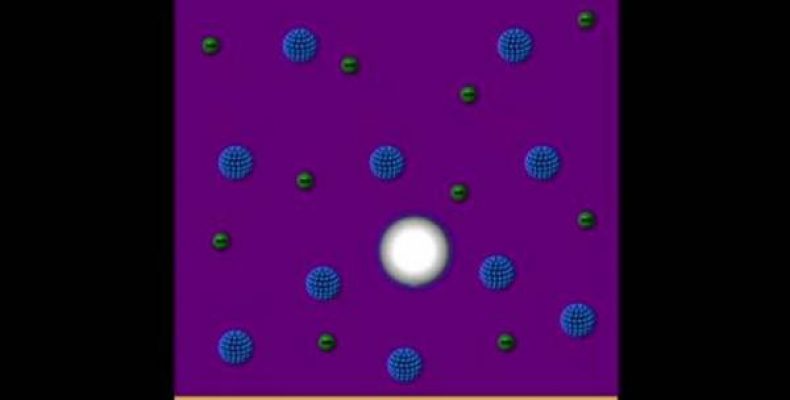Blog

New Nanotweezers Open Door to Innovations in Medicine, Mobile Tech
Nanotweezers unlocks the access to modernization in Medicine
Just imagine that we easily can control nanoscale objects at our own will and also be in command of our own biological stuff on a cellular intensity by means of light. It’s weird, right! we can do that with nanotweezers.
Yes this is possible now! A researcher named Yuebing Zheng, assistant professor of Mechanical engineering at University of Texas is really working hard to create a novel instrument for management of nanoparticles that uses light. This innovative step could certainly develop prospects in the field of nanotechnology as well as personal health monitoring.
A great group of scientists to create Nanotweezers an innovative discovery
Prof. Yuebing Zheng formed his team from the Cockrell School of Engineering toiled a lot and created the innovative opto thermoelectric nanotweezers. This invention opens the doors of better perceptive of matter as well as biological structures and unlocks the series of potentials meant for basic and methodological innovation in nanophotonics (Nanophotonics is the study of interaction between light and matter on the very minute nanometer scale). The team also elaborated their innovative work in the most recent issue of the periodical Nature Photonics.
“Till now, we basically did not make out how to maneuver nanoparticles with optical heating,” Zheng said. “By means of their nanotweezers, they are not merely managing elements on the nanoscale, but can as well evaluate the elements and have power over the pairing in the original position.”
Nanotweezers,An extra aptitude to this instrument
Professor Zheng also worked with Professor Brian Korgel of UT Austin Chemical engineering who was elected to the National Academy of Engineering for his ground-breaking work in nanocrystals and nanowires.
Korgel was very much interested with this work and appreciated Professor Zheng. This team has very much proficiency in the field and discovered the most innovative way to control individual nanoparticles and nanowires.
Their knowledge was in construction of the photonics machines although not in creating the resources to employ for the trials. Hence, his group widens the combination of the nanowires used in the research.
Another researcher named Ernst-Ludwing Florin, associate professor of physics as well as an associate of UT’s Center for Nonlinear Dynamics, in company with the graduate student Emanuel Lissek, presented extra proficiency in exactitude measurements through signifying the strong point of the nanotweezers.
Nanotweezers: the most powerful tool that is beyond our reach
The combination of the powerful divisions of Nanophotonics, nanochemistry and nanophysics research has offered the apparatus to control and scrutinize nanoparticles that is simply beyond our imagination.
The most amazing thing to share is that this research team has verified how, employing their nanotweezers, light can be used on the nanoscale in the similar method mechanical tweezers are used to hold bigger models.
As a broad-spectrum practice, the nanotweezers are pertinent to a broad choice of metal, semiconductor, polymer as well as dielectric nanostructures by means of stimulating or hydrophobic shells.
Hitherto, researchers have effectively “ensnared” silica beads, polystyrene beads, silicon nanospheres, germanium nanowires, silicon nanowires, and metal nanostructures.
The auxiliary pact of these nanomaterials in a realistically calculated method can escort to an enhanced indulgent of how material classifies and impending breakthrough of innovative purposeful materials.
Professor Zheng deemed that subsist cell management as well as cell-to-cell communiqué will almost certainly be a chief examine spotlight for engineers aspire to take advantage of the competence afford by the this pioneering instrument.



